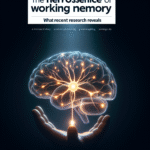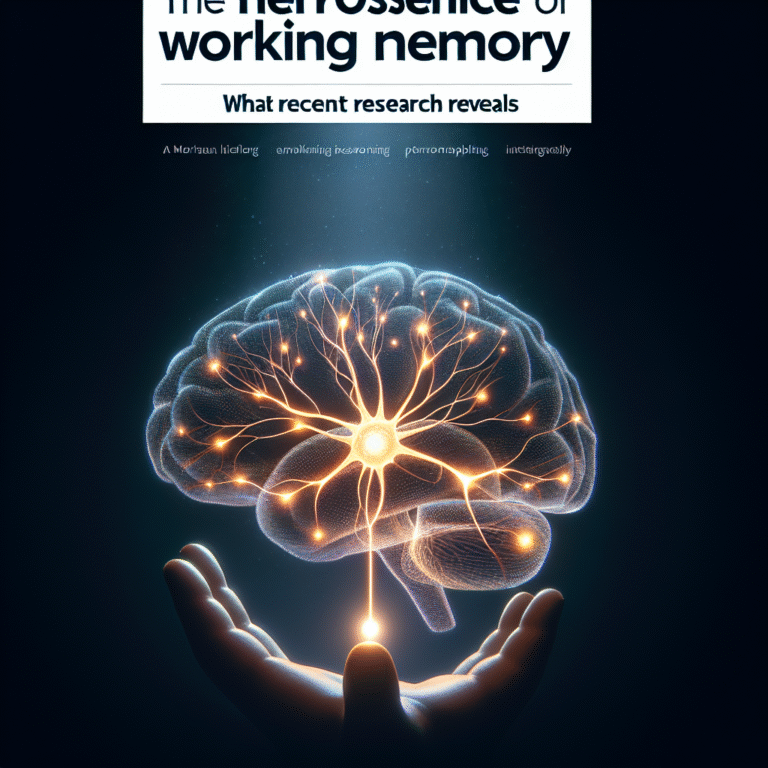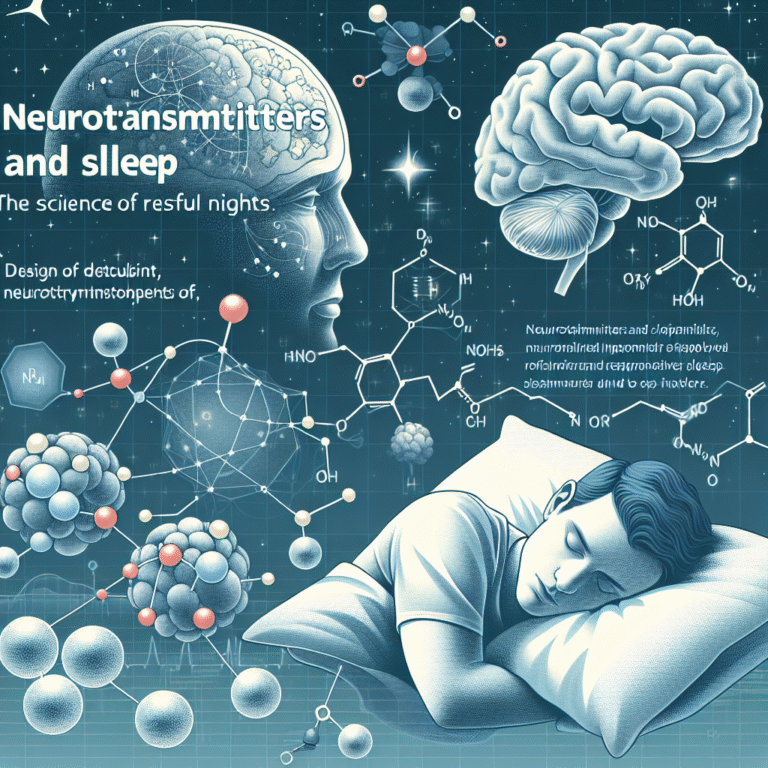Introduction
Imagine a world where your memories are more than just fleeting glimpses of the past; they are vivid snapshots that inform every decision you make. Memory formation is a fascinating, intricate process that shapes our identities, guides our behaviors, and underpins our understanding of the world. In this article, "Unraveling Memory Formation: The Intricate Process Behind What We Remember," we will explore the essential mechanisms behind how we remember, the factors influencing memory retention, and the implications of these processes in our daily lives.
The Importance of Memory
Memory is central to human experience. It shapes our relationships, drives our learning, and plays a crucial role in our emotional well-being. From the simplest tasks to complex decision-making, memory formation is involved in nearly every cognitive process we undertake. Understanding how we remember is not just an academic pursuit; it has real-world applications in education, therapy, and even in enhancing personal productivity.
The Science of Memory Formation
How Memory Works
Memory is broadly categorized into three main stages: encoding, storage, and retrieval.
-
Encoding: This is the initial process where information is transformed into a format that can be stored in the brain. Factors such as attention and interest significantly influence this phase.
-
Storage: Once encoded, information is stored in neural pathways for varying durations, from seconds (in sensory memory) to a lifetime (in long-term memory).
- Retrieval: This is the process of recalling stored information. It can be voluntary (as in a test) or involuntary (as when a scent triggers a memory).
Types of Memory
Memory can be divided into different types, including:
-
Short-Term vs. Long-Term Memory: Short-term memory holds information temporarily, while long-term memory retains information over extended periods.
- Declarative vs. Non-Declarative Memory: Declarative memory refers to facts and events, while non-declarative memory pertains to skills and tasks.
Table 1: Types of Memory
| Type | Description | Example |
|---|---|---|
| Short-Term Memory | Temporary storage for immediate use. | Remembering a phone number. |
| Long-Term Memory | Lasting storage that can retain information for years. | Recalling your first day at school. |
| Declarative Memory | Facts and whether we experienced events. | Remembering historical dates. |
| Non-Declarative Memory | Muscle memory and skills learned over time. | Riding a bicycle. |
Factors Influencing Memory Formation
Emotional Impact
Emotions play a crucial role in how we remember. Research shows that emotionally charged memories are often more vivid and easier to recall.
For instance, consider a case study involving victims of traumatic events. They often remember the details of their experiences with striking clarity, demonstrating how emotions can enhance the encoding process. Such memories serve as powerful reminders of how various emotional states can either reinforce or hinder the intricacies of memory formation.
Contextual Cues
The environment in which a memory is formed can also impact retrieval. Contextual cues trigger specific memories more effectively when the environment at retrieval matches that during encoding.
Case Study: Research conducted at the University of California demonstrated that students recalled information better when tested in the same location where they studied. This aligns perfectly with the keyword "Unraveling Memory Formation: The Intricate Process Behind What We Remember," as it highlights the connection between our surroundings and our ability to recall memories.
Repetition and Reinforcement
Repetition is a vital component of memory formation. The more we encounter information, the more robust the neural pathways become, making recall easier.
Case Study: In a study on language acquisition, children who practiced vocabulary words multiple times showed significantly better recall when tested. This illustrates how consistent reinforcement is crucial in "Unraveling Memory Formation: The Intricate Process Behind What We Remember."
Memory Techniques: Enhancing Retention
Visualization
Visualization is an effective technique for enhancing memory retention. By creating mental images associated with the information we wish to remember, we can significantly improve recall.
Example: When learning a new language, visualizing a sandwich for the word "sandwich" in that language creates a vivid mental picture.
Chunking Information
Chunking breaks down large amounts of information into smaller, manageable units, making it easier to remember.
Practice: Memorizing a long string of numbers becomes more straightforward when grouped into sequences.
Mnemonic Devices
Mnemonic devices harness patterns and associations to help with memory retention. Acronyms and rhymes can serve as effective tools.
Example: The acronym HOMES (Huron, Ontario, Michigan, Erie, Superior) helps students remember the Great Lakes.
Chart 1: Common Memory Techniques
| Technique | Description | Example |
|---|---|---|
| Visualization | Creating mental images to associate with information. | Imagining a beach while learning about waves. |
| Chunking | Grouping information into manageable units. | Using a phone number format (XXX-XXX-XXXX). |
| Mnemonics | Techniques for aiding recall through associations. | Rhymes or acronyms like "PEMDAS" for math order. |
The Neuroscience of Memory Formation
Brain Structures Involved
Several brain structures play pivotal roles in memory:
- Hippocampus: Crucial for forming new memories.
- Amygdala: Involved in emotional memories.
- Cerebral Cortex: Responsible for long-term storage.
Illustration 1: Brain Structures and Their Memory Functions
(Image Placeholder)
Neurotransmitters and Memory
Neurotransmitters like dopamine and serotonin have significant impacts on memory formation and retrieval. For instance, dopamine is linked with reward-based learning, creating more robust memories through positive reinforcement.
The Impact of Aging on Memory
Changing Memory Performance
As we age, memory performance can decline due to neurobiological changes. However, various strategies can improve retention and recall.
Neuroplasticity
Research shows that neuroplasticity—the brain’s ability to reorganize itself—continues even into older age. Engaging in mental exercises, social interactions, and learning new skills can promote memory resilience.
Case Study: A longitudinal study illustrated that older adults who participated in cognitive training exhibited significant improvements in memory performance, highlighting their capability for "Unraveling Memory Formation: The Intricate Process Behind What We Remember."
Memory Disorders and Their Implications
Common Memory Disorders
Alzheimer’s disease and other forms of dementia represent significant challenges in memory retention. Understanding these diseases provides insights into the broader aspects of memory formation.
Supporting Individuals with Memory Impairments
Caregivers and family members can utilize various techniques to support those with memory disorders, such as using visual aids, maintaining routines, and establishing a calm environment.
Case Study: The Impact of Routine
A study involving Alzheimer’s patients showed that maintaining a consistent daily routine led to less confusion and better memory recall.
Conclusion
Memory formation is a complex and multifaceted process central to the human experience. By understanding the intricate mechanisms behind how we remember, we can harness techniques to enhance our memory and improve our lives. The journey of "Unraveling Memory Formation: The Intricate Process Behind What We Remember" is not just for academics; it touches each one of us.
As we move forward, remember that every effort you make to engage your memory can lead to stronger retention and a richer life experience. Start incorporating visualization techniques, engage in social interactions, and challenge your brain with new learning opportunities. Embrace the journey of memory formation and unlock the limitless potential it holds.
FAQs
1. What is the most effective way to improve memory?
To improve memory, use techniques like visualization, chunking, and reinforcement through repetition.
2. How does emotion influence memory formation?
Emotions enhance memory retention by creating more vivid and lasting memories, often linked to personal experiences.
3. Can memory decline with age?
Yes, age can lead to changes in memory performance, but engaging in mental and social activities can help maintain memory strength.
4. What role does sleep play in memory formation?
Sleep plays a crucial role in consolidating memories, allowing the brain to process and store information effectively.
5. How can I support someone with memory impairment?
Use visual aids, establish routines, and create a calm environment to help individuals with memory impairments navigate daily challenges.
By unraveling the complexities of memory formation, we gain invaluable insights into our cognitive landscape. Whether it’s enhancing personal productivity, improving learning outcomes, or supporting loved ones with memory challenges, the potential for growth and understanding is vast.
















